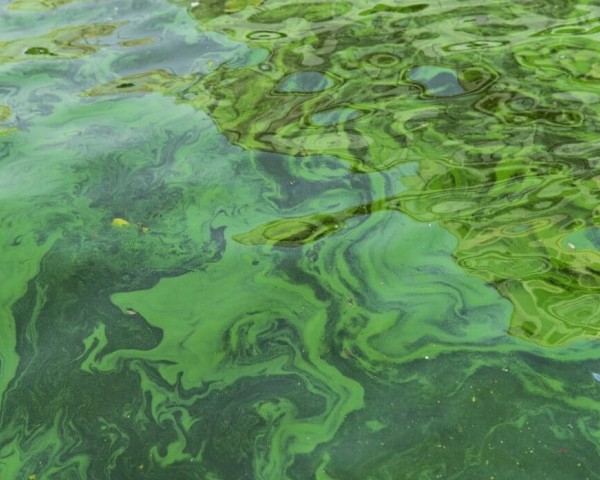An environmental emergency, driven by a toxic algae bloom of “Karenia mikimotoi”, is currently ravaging Australia’s southern coastline. The microalgae’s effects have devastated marine ecosystems, local fisheries, and the area’s tourist appeal.
Originating in March 2025, this extensive bloom has impacted a sprawling 4,400 km² area of coastal waters near Adelaide; sadly, it’s led to the death of more than 13,850 marine animals and demanding a forceful response from the State and Federal governments.
Ecological Disaster
South Australian Premier Peter Malinauskas aptly described the situation as a “natural disaster.” It has decimated marine life especially around the Yorke and Fleurieu peninsulas, and Kangaroo Island’s nature reserves. Oxygen depletion and release of harmful substances from the decomposing algae have resulted in asphyxiation of fish, crustaceans, invertebrates, plus even larger creatures like sharks and rays. The once-pristine and biodiverse beaches are, as reported by the public through platforms like iNaturalist, now sadly scattered with carcasses of octopuses, crabs, and unfortunately, so many other marine organisms.
The impact isn’t just ecological, it’s economic, too. Local fishermen near Adelaide have reported empty nets since April, and similarly, oyster and mussel farms have ceased production entirely. Tourism in Australia, a key economic driver, is really taking a hit; local media is reporting a sharp decline in visitors to these once-popular coastal areas.
The Fingerprints of Climate Change
Scientists broadly agree that the unusually large bloom is linked to a marine heatwave caused by global warming; ocean temperatures are, unusually, 2.5°C above typical averages, even considering it’s currently winter in Australia. These unusually warm waters have created almost perfect breeding conditions for “Karenia mikimotoi”, disrupting nearly 400 distinct marine species and stressing the fragile ecological equilibrium of the region.
Emergency Response and Economic Support
The federal government has committed AUD 14 million (roughly US$9.3 million) in quick aid to help clean up the damaged areas and support struggling fishermen. The South Australian state government has promised to match that figure, with the funds going toward vital scientific research that aims to prevent similar blooms in the future. A meeting, held in July, 2025, highlighted the considerable urgency of addressing this escalating crisis that’s endangering both the environment and the livelihoods dependent on fisheries and the tourist trade.
Sustainable Solutions Needed
The toxic algae bloom off Australia’s southern coast is a stark reminder of the escalating threat from climate-related environmental disasters. While emergency aid gives some relief, this crisis highlights the need for continued, solid investment in both research efforts and effective climate adaptation strategies to protect sensitive marine ecosystems, along with coastal economies. As iconic destinations, say like Kangaroo Island, face an uncertain future, it is clear that Australia must act decisively and swiftly to mitigate the ongoing impacts of global warming and thereby try to safeguard its natural treasures for future generations.

